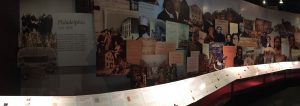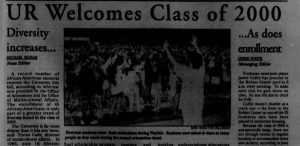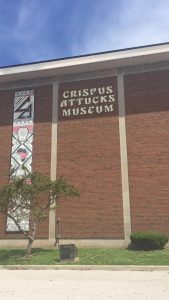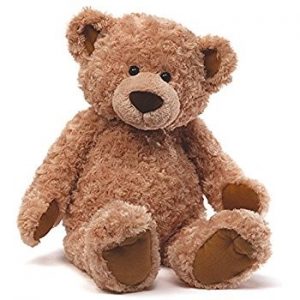The title for this piece is sourced from the song “No John Trumbull” from the Hamilton Mixtape. Watch if performed here.
Located near Chinatown in Old City, the African American Museum in Philadelphia (AAMP) is the first institution built by a major US city to preserve, interpret, and exhibit African American culture. Across from the museum are two federal buildings: the Federal Detention Center and the Federal Reserve Bank of Philadelphia. The museum consists of four galleries; currently, they have two art exhibits and two history exhibits. On display on the first floor of the museum is “Audacious Freedom: African Americans in Philadelphia: 1776-1876.” This exhibit attempts to tell the history of African Americans in Philadelphia through photos, light projections, a timeline, and audio. It answers questions museumgoers may have about African American culture in Philadelphia and the contributions they made to not only the abolitionist movement but also the city’s history. Read more
Read more



